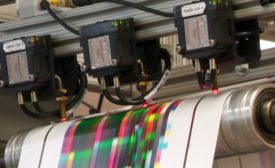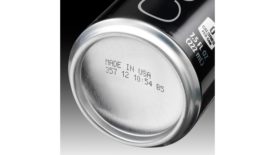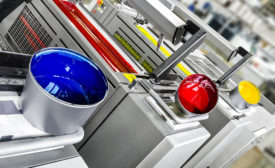Home » Keywords: » ink technology
Items Tagged with 'ink technology'
ARTICLES
Podcast | Ink & Labeling Sustainability
From the Packaging Perspectives podcast series
April 24, 2023
Materials
Ink Technologies Growing Increasingly Sophisticated
Companies are seeking innovation and versatility to meet a broad range of goals and demands, from adhering to track-and-trace regulations to sourcing sustainable inks that meet stringent food and pharmaceutical packaging requirements.
April 6, 2023
Pioneers in Sustainable Packaging are Winning Recognition
New technologies and conscientious operational practices are among drivers of success in moving toward sustainability.
February 10, 2023
Trends
Excellence In Packaging Design Begins with Pin-Sharp Color Proofing Technology
In today’s consumer product supply chain, speed-to-market is at the top of the list for many brands. While speed is ultimately the result of many functions in synergy, packaging continues to be a critical aspect of delivery and the primary vehicle through which brands communicate their spirit, values, and quality to their customers.
November 4, 2022
Materials
Four Ways Ink Partners Can Help Brands Achieve Sustainability Goals
Sustainability is a call to action for brands and consumers alike.
March 26, 2021
Keep the info flowing with our eNewsletters!
Get the latest industry updates tailored your way.
JOIN TODAY!Copyright ©2025. All Rights Reserved BNP Media.
Design, CMS, Hosting & Web Development :: ePublishing










